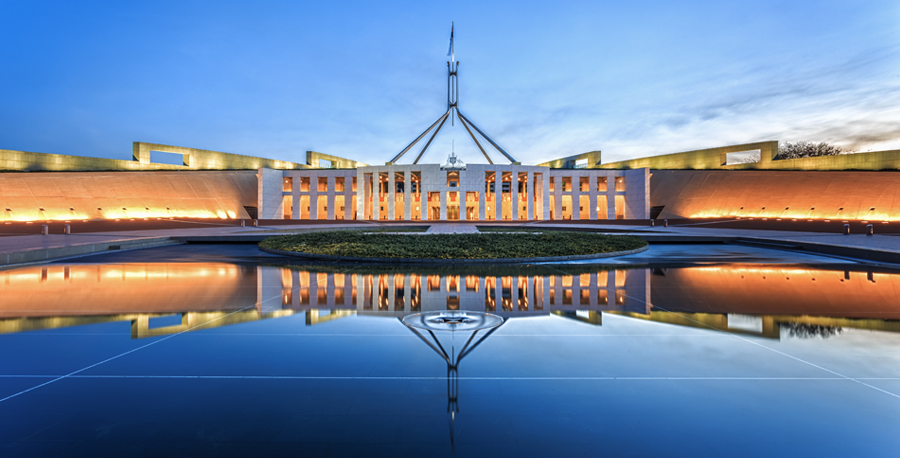What the 2022/23 Federal Budget means for your super and retirement

26 October 2022
The 2022/23 Federal Budget is designed to address the rising cost of living, invest in a stronger more modern economy, and re-target spending to what’s important.
The Federal Government made no major announcements about superannuation in its Budget but offered assistance for ‘downsizers’, pensioners and parents.
The Government reduced the minimum eligibility age for downsizer contributions, extended the home sale proceeds exemption from pension asset testing, and changed the income test.
It will provide an incentive for pensioners to work by increasing the amount they can earn without affecting their pension.
The income threshold for the Commonwealth Seniors Health Card will increase and social security deeming rates will be frozen to 30 June 2024.
Reforms to the Paid Parental Leave Scheme included making more claims more flexible and expanding it by two weeks to 26 weeks but super was not included.
Measures to make childcare more accessible and affordable include lifting the maximum subsidy and introducing a base entitlement for First Nations families.
The Government will make available payments to facilitate institutional investment, including by superannuation funds, in affordable homes.
For a full breakdown on the budget, visit www.budget.gov.au
For super members/retirees
- Expanding eligibility for downsizer contributions
The Government will allow more people to make downsizer contributions to their superannuation by reducing the minimum eligibility age from 60 to 55 years of age. The measure will have effect from the start of the first quarter after Royal Assent of the enabling legislation.
The downsizer contribution allows people to make a one-off post-tax contribution to their superannuation of up to $300,000 per person from the proceeds of selling their home. Both members of a couple can contribute and contributions do not count towards non-concessional contribution caps.
This measure provides greater flexibility to contribute to superannuation and aims to encourage older Australians to downsize sooner to a home that better suits their needs, thereby increasing the availability of suitable housing for Australian families.
Start date: ongoing
- Incentivising Pensioners to Downsize
The Australian Government is extending the exemption of home sale proceeds from pension asset testing from 12 months to 24 months, and changing the income test, to apply only the lower deeming rate (0.25 per cent) to principal home sale proceeds when calculating deemed income for 24 months after the sale of the principal home.
This will give pensioners more time to purchase, build or renovate a new home before their pension is affected.
- Incentivise pensioners into the workforce
The Government will provide $61.9 million over two years from 2022–23 to provide age and veterans pensioners a once-off credit of $4,000 to their Work Bonus income bank.
The temporary income bank top-up will increase the amount pensioners can earn in 2022–23 from $7,800 to $11,800, before their pension is reduced, supporting pensioners who want to work or work more hours to do so without losing their pension.
Subject to age-based work tests, this measure will see more pensioners earning mandatory super, particularly since the $450 earnings threshold was removed.
- Lifting the Income Threshold for the Commonwealth Seniors Health Card
The Government will provide $69.6 million over 4 years from 2022–23 to increase the income threshold for the Commonwealth Seniors Health Card from $61,284 to $90,000 for singles and from $98,054 to $144,000 (combined) for couples.
The Government will also freeze social security deeming rates at their current levels for a further two years until 30 June 2024, to support older Australians who rely on income from deemed financial investments, as well as the pension, to deal with the rising cost of living.
- Paid Parental Leave Scheme
The Government will introduce reforms from 1 July 2023 to make the Paid Parental Leave Scheme flexible for families so that either parent is able to claim the payment and both birth parents and non-birth parents are allowed to receive the payment if they meet the eligibility criteria.
Parents will also be able to claim weeks of the payment concurrently so they can take leave at the same time. Greater flexibility will encourage better balance between paid work and caring responsibilities.
From 1 July 2024, the Government will start expanding the scheme by two additional weeks a year until it reaches a full 26 weeks from 1 July 2026.
Both parents will be able to share the leave entitlement, with a proportion maintained on a “use it or lose it” basis, to encourage and facilitate both parents to access the scheme and to share the caring responsibilities more equally. Sole parents will be able to access the full 26 weeks.
Superannuation continues to be absent from the scheme.
Proposed start date: 1 July 2023
- Plan for Cheaper Child Care
The Government will introduce a range of measures aimed at making childcare more accessible and affordable, making it easier for parents and carers to participate in paid work.
The measures include lifting the maximum child care subsidy rates for families earning less than $530,000 with children in care, and introducing a base entitlement to 36 hours per fortnight of subsidised early childhood education and care for families with First Nations children, regardless of activity hours or income level.
It estimates these reforms will increase the hours worked by women with young children by up to 1.4 million hours per week in 2023–24, equivalent to 37,000 full-time workers.
Proposed start date: 1 July 2023
Other measures
- Housing Accord
The Commonwealth support will include availability payments over the longer term to facilitate institutional investment, including by superannuation funds, in affordable homes.
Proposed start date: 2024
Source: AIST Federal Budget Summary

